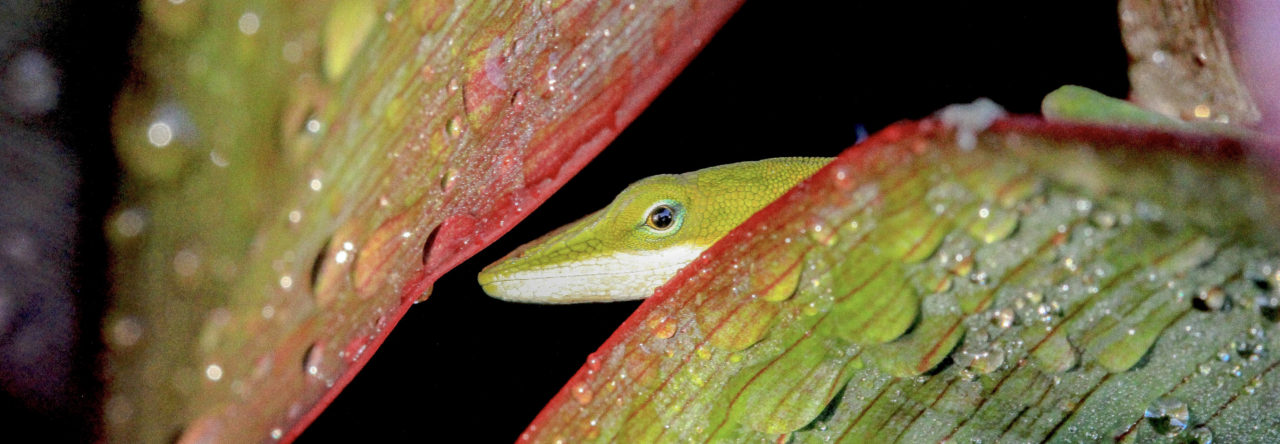 The effect of temperature on biological processes and systems is one of the most studied topics in ecology. Despite a wealth of existing research, we still have a relatively poor understanding of what factors contribute to the thermal tolerance of complex organisms. Much research suggests that oxygen limitation at extreme temperatures is what determines the thermal limits of complex aquatic life; however, this hypothesis (i.e. Oxygen-and capacity-limitation of thermal tolerance; Pörtner 2010) has not proven very useful in explaining the thermal limits of terrestrial organisms. One reason is that there is a comparatively greater amount of oxygen in air vs water. Moreover, terrestrial organisms tend to have very efficient systems of ventilation (e.g., air sacs of birds and tracheal system of insects). Terrestrial vertebrate embryos, however, rely solely on diffusion of oxygen through a hard shell and, thus, their thermal limits may be set by oxygen limitation (Smith et al. 2015).
The effect of temperature on biological processes and systems is one of the most studied topics in ecology. Despite a wealth of existing research, we still have a relatively poor understanding of what factors contribute to the thermal tolerance of complex organisms. Much research suggests that oxygen limitation at extreme temperatures is what determines the thermal limits of complex aquatic life; however, this hypothesis (i.e. Oxygen-and capacity-limitation of thermal tolerance; Pörtner 2010) has not proven very useful in explaining the thermal limits of terrestrial organisms. One reason is that there is a comparatively greater amount of oxygen in air vs water. Moreover, terrestrial organisms tend to have very efficient systems of ventilation (e.g., air sacs of birds and tracheal system of insects). Terrestrial vertebrate embryos, however, rely solely on diffusion of oxygen through a hard shell and, thus, their thermal limits may be set by oxygen limitation (Smith et al. 2015).
Sylvia Nunez and Thom Sanger set out to determine the relationship between oxygen availability and temperature for brown anole (Anolis sagrei) embryos. Previous work shows that thermal stress can induce embryo mortality and severe craniofacial malformations at incubation temperatures above 33 °C (Sanger et al. 2018). They used a factorial design (2 incubation temperatures: 27 °C and 33 °C; and 2 oxygen treatments: 10% O2 and 21% O2) and dissected eggs at day 14 or day 20 after oviposition to measure the effects of these treatments during morphogenesis and the growth phase of development, respectively. They found that hypoxia did not lower survival during these periods at 27 °C; however, survival was reduced for embryos incubated at 33 °C and under hypoxic conditions (i.e. 10% O2). Furthermore, high temperatures and low oxygen resulted in various craniofacial malformations and increased incidences of cerebral blood-pooling. It appears that oxygen supply may limit the thermal tolerance of anole embryos, and these data support the findings of previous work in other lizard species (Smith et al. 2015). The next steps for the Sanger lab are to determine the cellular mechanisms that drive the results discovered in their current study.
Pörtner, H.O., 2010. Oxygen-and capacity-limitation of thermal tolerance: a matrix for integrating climate-related stressor effects in marine ecosystems. Journal of Experimental Biology, 213: 881-893.
Sanger, T.J., Kyrkos, J., Lachance, D.J., Czesny, B. and Stroud, J.T., 2018. The effects of thermal stress on the early development of the lizard Anolis sagrei. Journal of Experimental Zoology Part A: Ecological and Integrative Physiology, 329:244-251.
Smith, C., Telemeco, R.S., Angilletta, M.J. and VandenBrooks, J.M., 2015. Oxygen supply limits the heat tolerance of lizard embryos. Biology letters, 11:20150113.



















